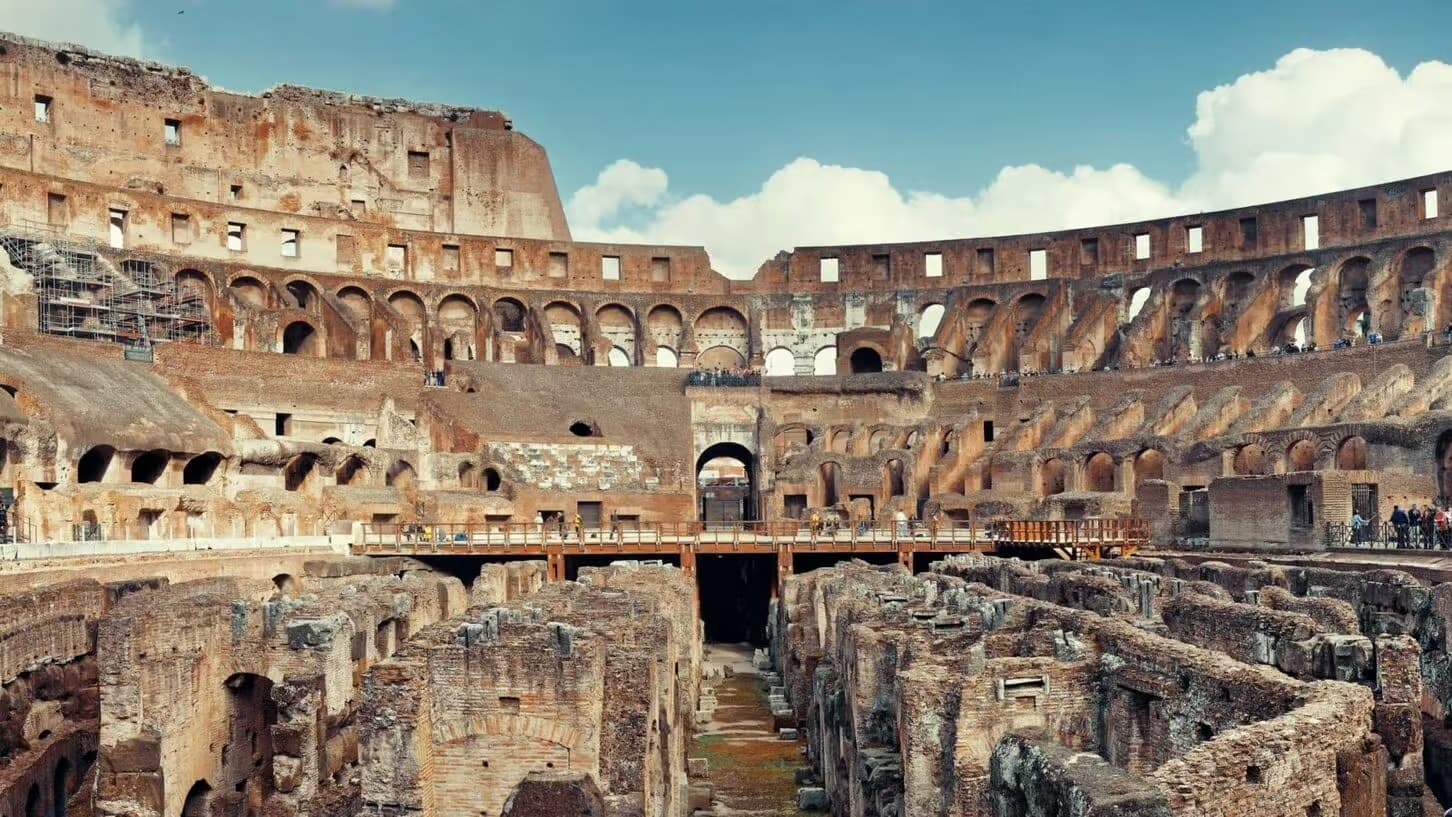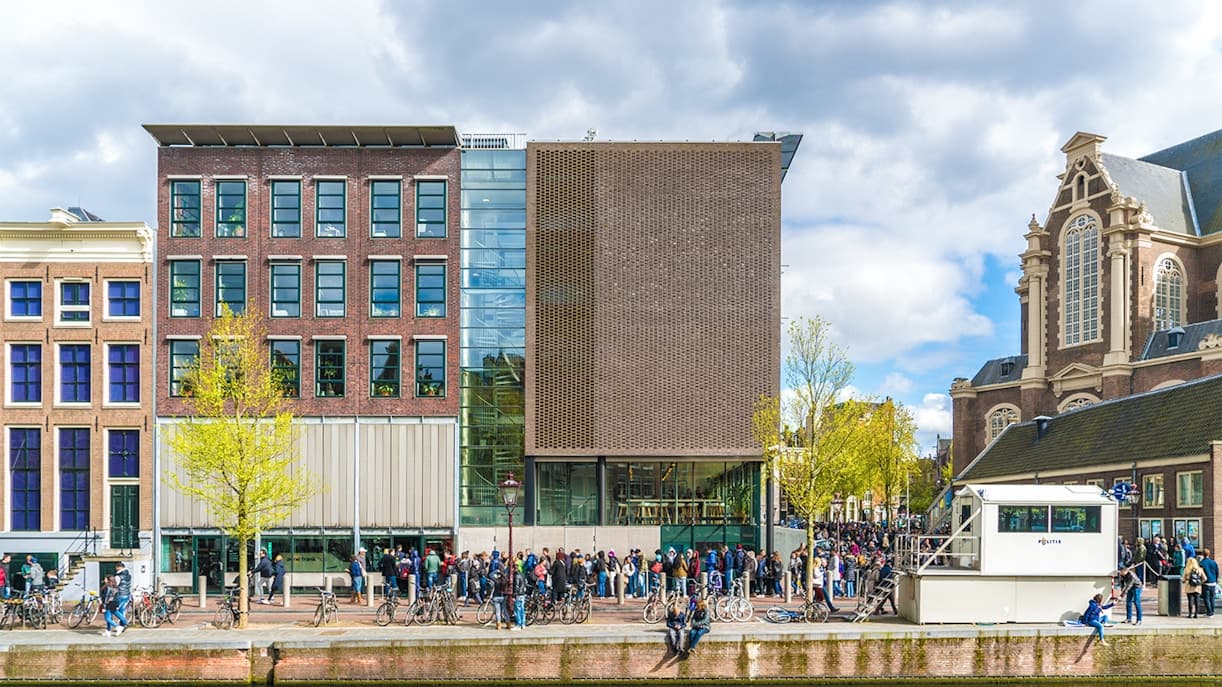
Exploring the Ancient Colosseum in Rome, Italy
July 20, 2023
Italy
Stepping Back in Time at the Colosseum
Standing before the Colosseum in Rome, Italy, I was awestruck by its towering arches and weathered stones. This ancient amphitheater, a symbol of Rome’s grandeur, felt like a portal to the past. As I walked through its massive gates, I could almost hear the roars of gladiators and the cheers of 50,000 spectators echoing through time.
My guided tour was a game-changer. I explored the arena floor, imagining fierce battles between warriors and exotic animals, and ventured into the underground hypogeum, where gladiators and beasts awaited their fate. The upper tiers offered sweeping views of Rome’s skyline, with the Palatine Hill and Roman Forum shimmering in the distance. Every corner of this iconic monument told a story of drama, power, and survival.
After the tour, I grabbed a gelato (pistachio, naturally) from a nearby vendor and sat on a bench, soaking in the Colosseum’s majesty. The blend of history and modern Roman life—scooters zipping by, street musicians playing—made the experience unforgettable. Whether you’re a history buff or just love epic sights, the Colosseum is a must-see.
For a quieter moment, I visited at sunset, when the golden light bathes the stonework, creating a magical glow. Pair it with a plate of carbonara at a nearby trattoria, and you’ve got the perfect Roman day.
The Colosseum’s Epic Legacy
Built between 70-80 AD under emperors Vespasian and Titus, the Colosseum (or Flavian Amphitheatre) was a gift to the Roman people, hosting gladiatorial contests, public executions, and theatrical spectacles. At its peak, it could fill or empty in minutes, thanks to ingenious engineering. Despite earthquakes, looting, and time’s toll, it remains one of the world’s most enduring landmarks. In 2007, it was named one of the New Seven Wonders of the World, and walking its corridors, I understood why.
Beyond the Colosseum: Rome’s Eternal Wonders
Rome is a treasure trove of history, and the Colosseum is just the start. The nearby Roman Forum, once the heart of ancient Rome, dazzled me with its temples and basilicas. The Palatine Hill, where Rome was founded, offered lush gardens and imperial ruins. I tossed a coin into the Trevi Fountain for luck and marveled at the Pantheon’s perfect dome. For a dose of art, the Vatican’s Sistine Chapel and St. Peter’s Basilica were jaw-dropping, though expect crowds. A leisurely stroll through Trastevere’s cobblestone streets, with its vibrant trattorias, was the perfect way to unwind.
When to Visit the Colosseum
Spring (April to May) and autumn (September to October) offer pleasant weather (15-25°C) and manageable crowds, ideal for exploring. Summer (June to August) is hot and packed, but the Colosseum’s evening tours provide a cooler, less crowded option. Winter (November to March) is quieter, with shorter lines, though some areas may be under maintenance. Book skip-the-line tickets or a guided tour to avoid long waits, especially during peak season.
- Tip: Opt for a nighttime tour for a spooky, intimate vibe under the Colosseum’s floodlights.
- Don’t Miss: The Arch of Constantine nearby, a triumphal monument that’s a quick, free photo op.
About Me

Manila, Phillipines
Travelled to 23 countries (and growing!)
Filipino/Tagalog (native), English (fluent), Spanish (conversational), French (basic but enthusiastic)



